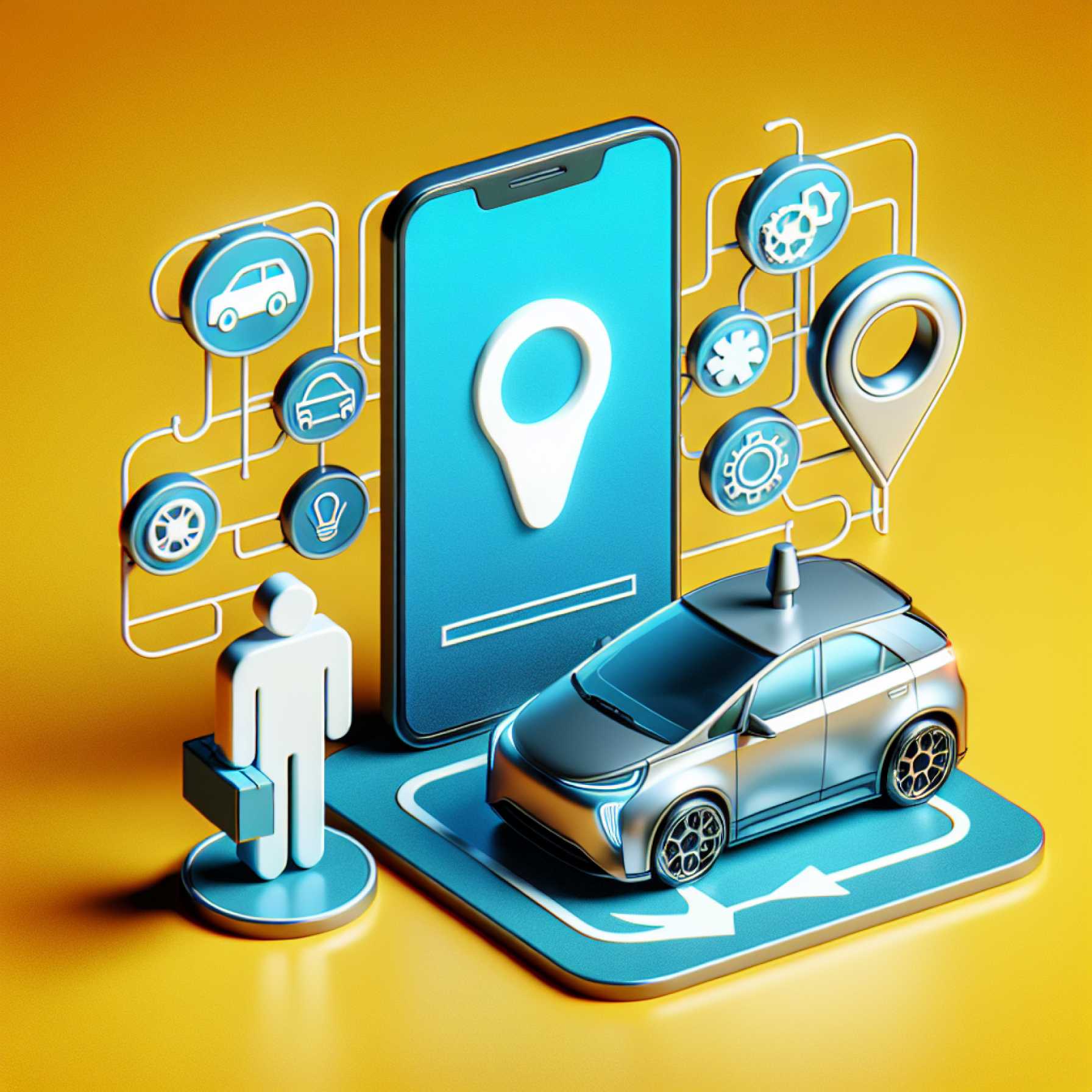- Tesla seeks to trademark the term “Robotaxi,” facing a bureaucratic pause from the USPTO, giving it three months to respond.
- Besides “Robotaxi,” Tesla aims to secure the term “Cybercab,” though progress is stalled due to similar trademark interests.
- Tesla plans to launch an autonomous ride-hailing service by June in Austin, Texas, emphasizing its drive toward urban automation.
- Global trade policies and political shifts may impact Tesla’s growth and supply chains, requiring strategic resilience.
- The outcome of Tesla’s trademark efforts may indicate a significant shift in the automated vehicle and ride-hailing sectors.
- This situation highlights the balance between innovation and regulation, with broader implications for the future of urban transport.
Tesla, a name synonymous with innovation and disruption in the automotive world, now finds itself navigating the choppy waters of intellectual property. The company’s vision of autonomous vehicles has driven their ambitious efforts to dominate the nascent “robotaxi” market. Yet, they hit a bureaucratic snag when the U.S. Patent and Trademark Office (USPTO) pressed pause on their attempt to trademark the term “Robotaxi”.
On a brisk Tuesday, the USPTO issued a “nonfinal office action” on Tesla’s application for this catchy moniker. This legal pause button gives Tesla three months to regroup and respond, or risk watching the trademark float away into legal limbo. The ride-hailing dream, however, stretches further than a single word. Tesla is also eyeing “Cybercab” as a potential flagship name, though this endeavor is halted as others seek similar “Cyber” titles.
This trademark tussle coincides with Tesla’s bold move to launch an autonomous ride-hailing service by June in Austin, Texas. This venture, described as “autonomous ride-hailing for money,” underscores Tesla’s relentless push to realign urban transport around automation. Tesla’s visionary founder, Elon Musk, believes these automated vehicles will soon whisk passengers with the efficiency of a heart beat, signaling a shift toward a futuristic urban landscape where cars no longer need drivers.
While Tesla’s vehicles purport autonomy, geopolitical currents and trade intricacies muddy the waters. The company recently hinted at the unpredictable impact of global trade policies, which cast shadows on its growth forecasts and the steady rhythm of its supply chains. Amidst these challenges, shifting political sentiments may alter the tides of consumer demand, prompting Tesla to weather these fluctuations with its characteristic resilience.
As one chapter stands at a crossroads, another quietly unfurls: the technology and financial worlds both watch closely. Tesla’s quest for dominance in the automated vehicle realm promises not just a trademark, but a potential paradigm shift in how we navigate our world.
This ongoing saga beautifully illustrates the delicate dance between innovation and regulation, reminding us that even the most electric dreams sometimes need to traverse the slow lane of bureaucracy. The outcome of Tesla’s trademark adventure could indeed redefine what it means to hail a ride in the not-so-distant future.
Tesla’s Trademark Battle for “Robotaxi”: What It Means for the Future of Autonomous Vehicles
Navigating the “Robotaxi” Trademark Challenge
Tesla, a trailblazer in the automotive industry, is currently facing a temporary setback in its quest to trademark the term “Robotaxi.” The U.S. Patent and Trademark Office (USPTO) issued a “nonfinal office action,” meaning Tesla has three months to address the issues or risk losing the trademark.
Additional Facts and Insights
1. Understanding Trademarks and Their Importance: Trademarks are critical for companies to protect brand identity and avoid consumer confusion. Tesla’s attempt to secure “Robotaxi” illustrates their strategic move to solidify their place in the autonomous ride-hailing market.
2. Alternative Name—Cybercab: With “Robotaxi” under scrutiny, Tesla also aims to trademark “Cybercab.” However, other applications for “Cyber” names are pending, posing additional challenges.
3. Autonomous Ride-Hailing Launch Plans: Despite trademark hurdles, Tesla aims to launch an autonomous ride-hailing service in Austin, Texas, by June. This service promises to revolutionize urban transport by offering a fully autonomous experience, which could significantly reduce the need for human drivers.
4. Real-World Implications:
– Market Trends: The robotaxi market is expected to grow substantially by 2030, with advancements in AI and automotive technology driving this change.
– Industry Impact: Tesla’s initiatives could drive competitors such as Waymo and Uber, both investing heavily in autonomous technology, to accelerate their own efforts.
– Consumer Benefits: Autonomous ride-hailing can lead to lower costs, increased safety, and reduced environmental impact by optimizing routes and reducing traffic congestion.
5. Controversies and Limitations:
– Safety Concerns: Though autonomy promises safety improvements, technical and ethical concerns persist, including vehicle response to unpredictable conditions and the rare but serious accidents that have occurred.
– Regulatory Hurdles: Legal frameworks and regulations need adaptation for widespread autonomous vehicle deployment, which could slow down progress.
6. Security and Sustainability:
– Data Privacy: Autonomous vehicles collect vast amounts of data, raising privacy concerns that companies like Tesla must address.
– Environmental Impact: Transitioning to autonomous electric vehicles can aid in reducing carbon emissions, aligning with global sustainability goals.
Pressing Questions and Predictions
– Will Tesla succeed in securing the trademark? It remains uncertain, as legal nuances and a competitive landscape challenge Tesla’s efforts.
– How will autonomous ride-hailing shape urban transport? If successful, it could redefine city infrastructures and public transportation, making personal car ownership less necessary.
Actionable Recommendations for Tesla
– Focus on Alternative Branding: Develop a robust Plan B for branding in case “Robotaxi” isn’t secured.
– Engage with Regulators: Work closely with lawmakers to address regulatory concerns and ensure a smooth entry into new markets.
– Prioritize Safety: Continually enhance vehicle sensors and AI algorithms to preemptively address safety concerns.
For those interested in staying updated on Tesla’s journey and the evolving automotive industry, keep an eye on trusted sources like Tesla’s official website and automotive news outlets. This will ensure you have the latest information on this rapidly changing landscape.
